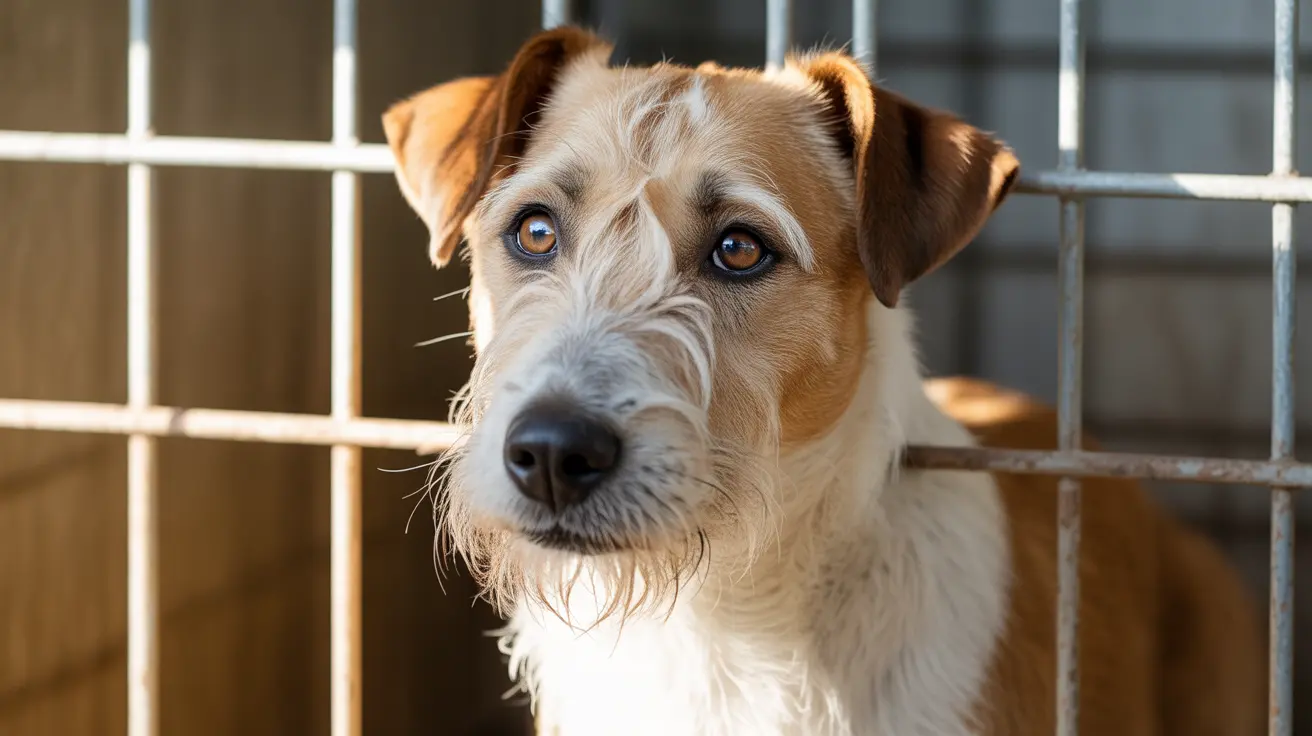What to Do If You Can't Afford Dog Food
Caring for a pet comes with emotional rewards, but financial strain can turn even basic needs like pet food into a challenge. If you find yourself unable to afford dog food, know that you're not alone—and help is available. Here's a comprehensive guide to navigating this situation responsibly while continuing to provide for your furry friend.1. Seek Local Assistance
Many communities offer resources designed specifically to help pet owners in need.
- Pet Food Pantries: These are like food banks but specifically for pets. They provide free dog or cat food to families struggling financially.
- Animal Shelters: Some shelters offer temporary pet food assistance programs to help keep pets in their homes and reduce shelter overcrowding.
- Food Banks: In some cases, local human food banks also provide pet food or can direct you to relevant pet assistance programs.
2. Contact National Organizations
Larger charities and organizations might be able to help or point you in the right direction.
- PetSmart Charities and the Humane Society may partner with local aid centers that distribute pet supplies.
- Feeding Pets of the Homeless: They offer pet food and veterinary care assistance specifically for unhoused and low-income individuals.
3. Try Temporary Home-Cooked Alternatives
If emergency resources are unavailable, you might prepare temporary meals using food from your pantry. However, this should be a stop-gap solution and not permanent.
- Boiled chicken or turkey (plain, unseasoned) mixed with rice or pasta can serve as a basic meal.
- Scrambled eggs (no salt or seasoning) are also easily digestible for most dogs.
- Vegetables such as carrots, green beans, or peas can be added for nutrients, but avoid harmful ones like onions, garlic, or grapes.
Important: Any home-cooked diet should be temporary and followed up with a vet's guidance.
4. Ask Family, Friends, or Community Groups
Don’t be afraid to reach out to your network for help.
- Social media groups, especially local pet owner forums, might have people willing to donate food or share valuable resources.
- Religious organizations and community centers might also have connections to pet assistance programs.
5. Look for Temporary Pet Fostering
If your financial issue is short-term, some animal welfare organizations offer temporary foster care services.
- This ensures your pet is safe and fed while you work on stabilizing your situation.
- It prevents you from having to relinquish your dog permanently to a shelter.
6. Consider Government or Low-Income Assistance Programs
Some welfare programs might have provisions or referrals for pet-related needs.
- While not all include pet care, speaking with a caseworker can uncover potential leads on aid.
7. Avoid Risky Alternatives
It’s critical to avoid dangerous coping mechanisms such as:
- Feeding your dog harmful human food – Many food items humans eat can be toxic to dogs (e.g., chocolate, grapes, onions).
- Abandoning or surrendering your pet prematurely – Explore all options before making this drastic decision.
8. Plan for Long-Term Stability
If affordability is a recurring issue, you might need to make budgetary changes or assess long-term pet care sustainability.
- Look for discounts or coupons from pet food brands.
- Buy in bulk to reduce long-term cost per serving of dog food.
- Apply for assistance programs early if you're facing potential financial downturns.
Conclusion
Running low on funds shouldn't mean that your pet has to suffer. By accessing community resources, making informed temporary food choices, and planning for long-term care, you can continue to be the loving and responsible pet parent your dog needs.





